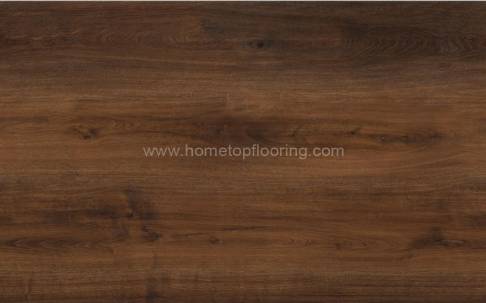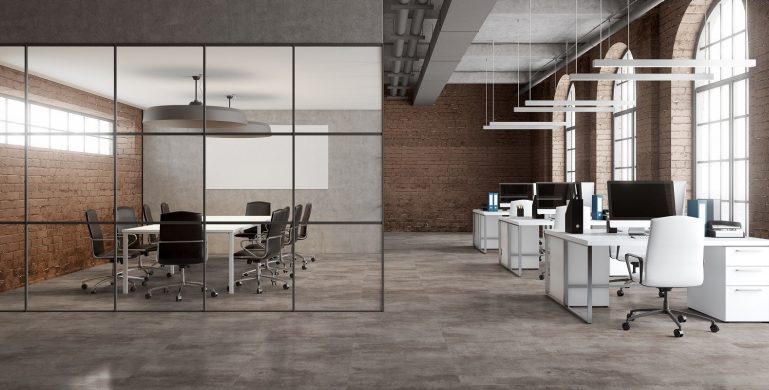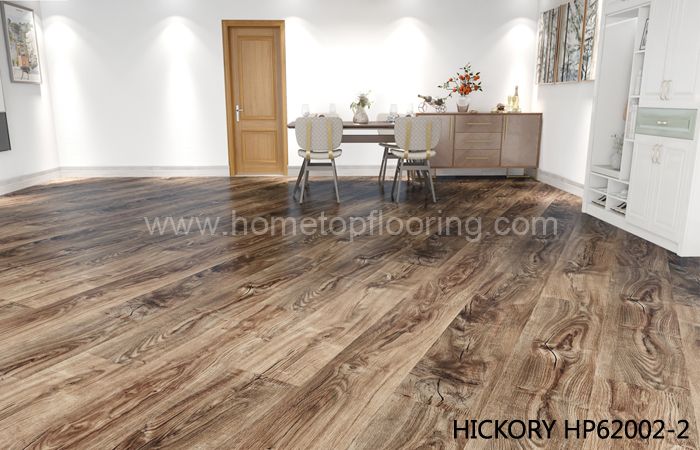Since its debut in the 1970's, vinyl flooring has continued to soar in popularity in all major commercial markets. In addition, with the introduction of rigid core technology, vinyl flooring looks more dynamic and versatile than ever before thanks to products like SPC. Here, Spc Flooring Suppliers will discuss what SPC flooring is, how SPC flooring is manufactured, the benefits of choosing SPC vinyl flooring, and some SPC installation tips to consider.

SPC Flooring
SPC Flooring is short for Stone Plastic Composite flooring, which is designed to be identical to traditional flooring materials, but offers more practical benefits, as you will see later in the article. Using realistic photos and a clear vinyl top layer, SPC opens the door to a variety of design ideas.
SPC flooring typically consists of four layers, please note.
Abrasion Layer - Playing a vital role in the longevity of your tiles, this layer uses a clear coating such as aluminum oxide that will keep your floor from wearing out quickly.
Vinyl top layer - Certain premium types of SPC are manufactured with a realistic 3D visual effect and can resemble stone, ceramic or wood exactly when installed.
Rigid Core - The core layer is where you get the most bang for your buck. Here you will find a high density, yet stable, waterproof center that provides rigidity and stability to the planks.
Backing Layer - Also known as the backbone of the floor, this layer provides your planks with additional sound installation, as well as natural resistance to mold and mildew.
To learn more about SPC flooring, let's take a look at how it is manufactured.SPC is manufactured through six main processes
Mixing
First, the various raw materials are put into a mixing machine. Once in, the raw materials are heated to 125-130 degrees Celsius to remove any water vapor from the material. Once complete, the material is cooled in the mixer to prevent early plasticization or breakdown of processing aids from occurring.
Extrusion
After exiting the mixer, the raw material goes through an extrusion process. Here, temperature control is critical in order for the material to be properly plasticized. The material passes through five zones, the first two of which are the hottest (about 200 degrees Celsius) and slowly decreases in the remaining three zones.
Calendering
Once the material is fully plasticized into the mold, it is time for the material to begin the process known as calendering. Here, a series of heated rolls are used to laminate the mold into a continuous sheet. By manipulating the rolls, the width and thickness of the sheet can be precisely controlled and kept consistent. Once the desired thickness is reached, the sheet can be embossed under heat and pressure. The engraving roller applies the textured design to the surface of the product, either as a light "ticking" or "deep" embossing. Once the texture is applied, the scratch and scuff top coat is applied and delivered to the drawer.
Wire Drawing Machine
A wire drawing machine using a variable frequency control, directly connected to the motor and perfectly matched to the line speed, is used to feed the material to the cutter.
Cutter
Here, the material is cross-cut to meet the correct guiding criteria. The cutter is signaled by a sensitive and accurate photoelectric switch to ensure a clean and equal cut.
Automatic Plate Lifter
Once the material has been cut, the automatic board lifter lifts and stacks the final product in the packing area for pickup.
Get commercial SPC flooring installation from our experienced team and get an unbiased, best value flooring solution for your facility.
When it comes to installing SPC vinyl flooring, the subfloor must be clean, dry, and properly leveled. From there, installation is a fairly simple process. Most SPC vinyl flooring is simply joined together through the tongue and groove technique. While SPC does not need to be glued to the subfloor, it may still be required in certain areas or locations in your facility. See, Floating vs. non-floating flooring. to better determine which method is best for your environment.
We also have Laminate Flooringavailable, please feel free to contact us if you need
TOP 10 SPC FLOORING MANUFACTURER IN CHINA
Sep. 24, 2022Market Trends and Demands of SPC Flooring
Oct. 28, 2021Precautionary Upkeep Ideas for Vinyl Flooring
Oct. 13, 2021Mob.: +86 152 6351 5495
E-mail: [email protected]
Tel.: +86 635 2983 818
Fax: +86 635 2983 818
Add.: Haoji High-end Industrial Park, Lepingpu Town, Chiping County, Liaocheng City, Shandong Province, China.
Copyright © Shandong Home Top New Material Co., Ltd. All Rights Reserved. | Sitemap |

